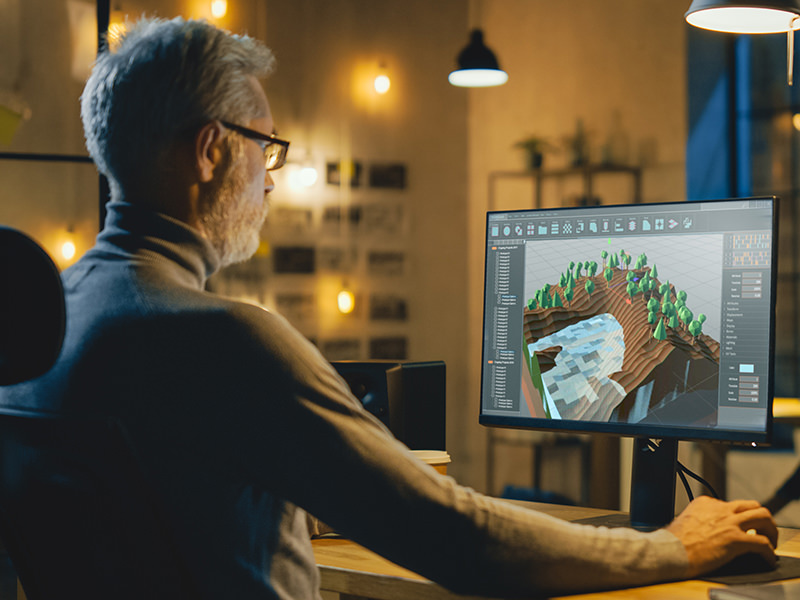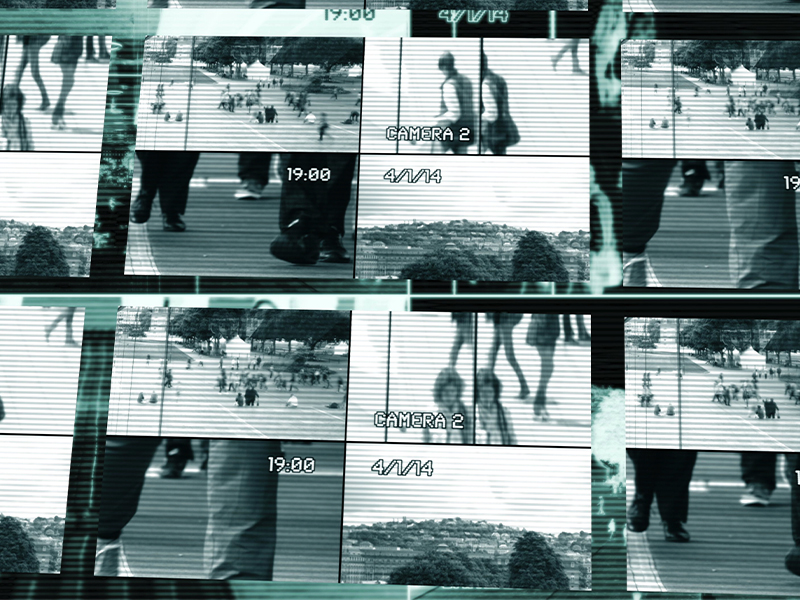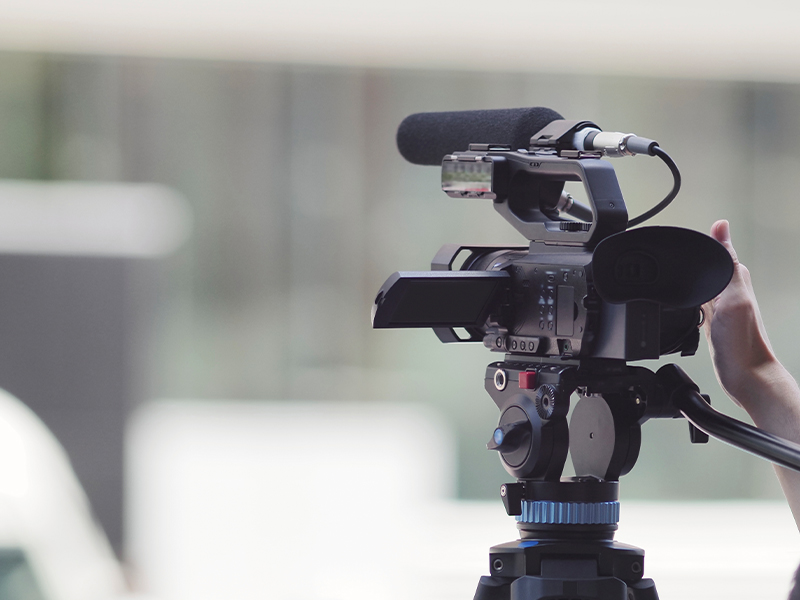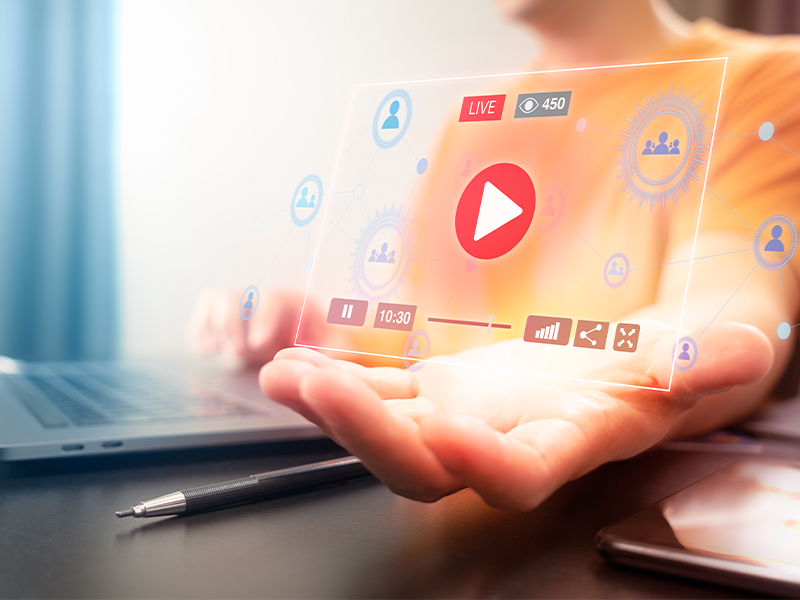Using animation in personal injury cases can be a powerful tool for attorneys to help explain complex concepts and evidence to juries. Here are the top 5 reasons to use animation on your next personal injury case:
- Visualize the injury: Animations can help jurors better understand the nature and severity of the plaintiff’s injuries. By visualizing the injury in 3D, jurors can see the injury from multiple angles and better understand the extent of the damage.
- Explain medical procedures: Medical procedures can be difficult to understand, particularly for jurors who may not have a medical background. Animations can help attorneys explain complex medical procedures in a way that is easier to understand and more engaging for the jury.
- Show the sequence of events: Animations can be used to show the sequence of events leading up to the injury. By presenting a visual timeline of events, jurors can better understand how the injury occurred and the role that each party played in the incident.
- Demonstrate causation: In personal injury cases, it is often necessary to demonstrate causation – that is, that the defendant’s actions directly caused the plaintiff’s injuries. Animations can help attorneys demonstrate causation by showing the relationship between the defendant’s actions and the plaintiff’s injuries.
- Enhance credibility: By using animations to present evidence, attorneys can enhance their credibility with the jury. Animations can help attorneys present complex evidence in a clear and concise way, which can make them appear more knowledgeable and trustworthy to the jury.
Overall, using animation in personal injury cases can help attorneys present a more compelling case to the jury. By visualizing injuries, explaining medical procedures, showing the sequence of events, demonstrating causation, and enhancing credibility, animations can help attorneys achieve a favorable outcome for their clients.





